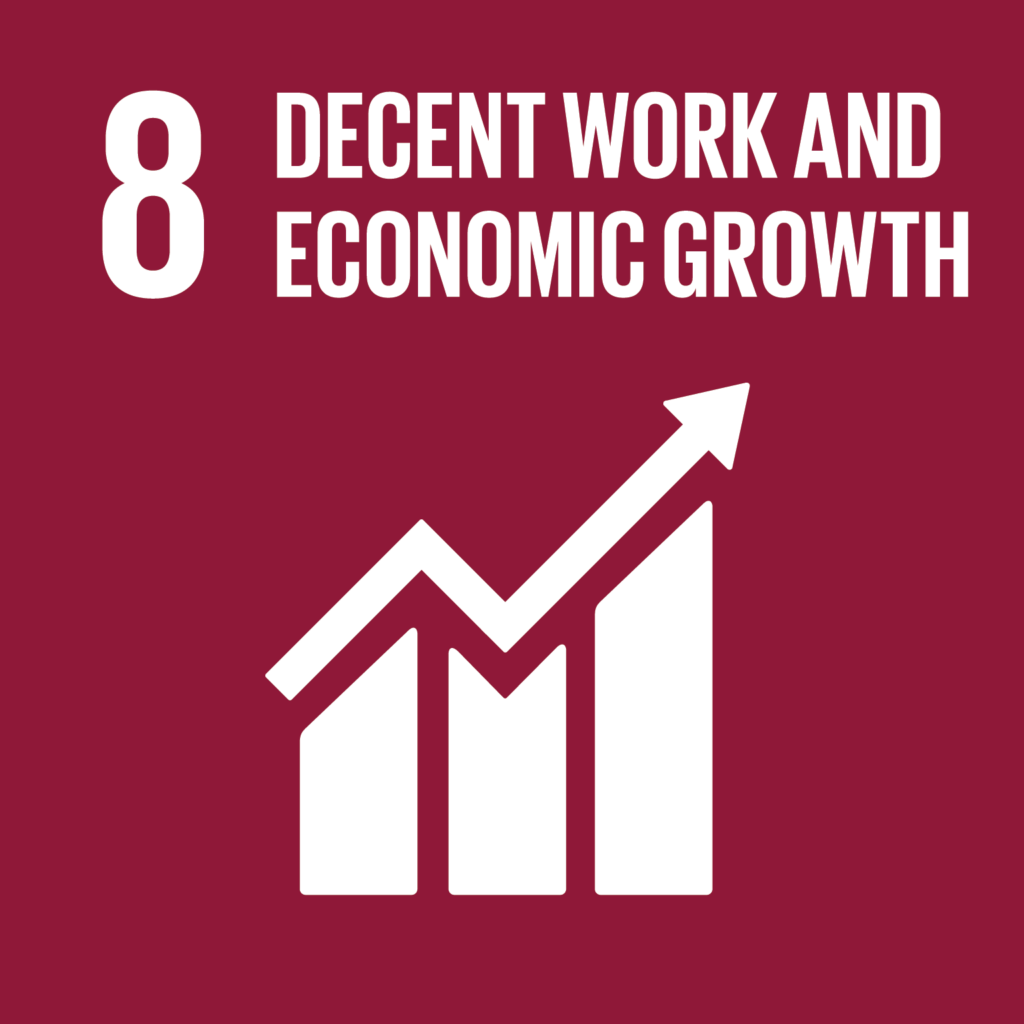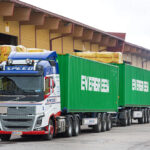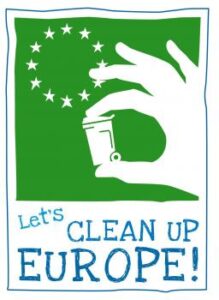
But a sustainable world is also a world where the society is strong and fair and enables everyone to live a full life with equal opportunities.
Urgent changes to stop global warming
Just recently the world’s leading climate scientists released a report about the global warming goals, the IPCC report “Global warming of 1.5 °C”. According to the Paris Declaration from 2015, global warming (compared to pre-industrial levels) should be kept below 2 degrees and we should strive to keep it at 1,5 degrees. The new IPCC report shows that this difference of a half degree beyond 1,5 °C would significantly worsen the risk of drought, floods and poverty for hundreds of millions of people. Their conclusion is that urgent and unprecedented changes are needed.
The 2030 Agenda – Global Goals for Sustainable Development
So this is the harsh reality, but luckily it’s not all bad news! The report also shows that the reversal of global warming is possible. Things are actually moving in a positive direction as well.
In 2015 for example, 193 world leaders in the United Nations agreed to 17 Global Goals for Sustainable Development. If these goals are reached, it would mean an end to extreme poverty, inequality and climate change by 2030. Nations, companies and individuals all need to get involved in these goals to enable the change.
Source: The Global Goals
Being a fair and honest business partner, employer and member of the society
Greencarrier has grown and developed successfully as a company since our start in 2000. Every day we strive to deliver innovative solutions and personal service that makes our customers happy – so that we can continue to be successful. But success for us is not just about economic needs, it’s about considering the wider impact of our operations and being a fair and honest business partner, employer and member of the society.

The Greencarrier Spirit Model
We have a long term ambition that includes taking responsibility for the environment, the society and the people in it. At Greencarrier we call this approach to sustainable development “The Greencarrier Spirit” and we base our work on the UN’s Global Compact.
Greencarrier’s actions towards the Global Goals for Sustainable Development
As part of our ambitions within sustainability, we have reviewed all 17 Global Goals for Sustainable Development and their 169 Targets. We have evaluated where we can make most impact and defined five prioritized goals based on our four focus areas in the Greencarrier Spirit Model: environment, employees, society and business.
Here’s what these goals mean to us and what we do to contribute to them.
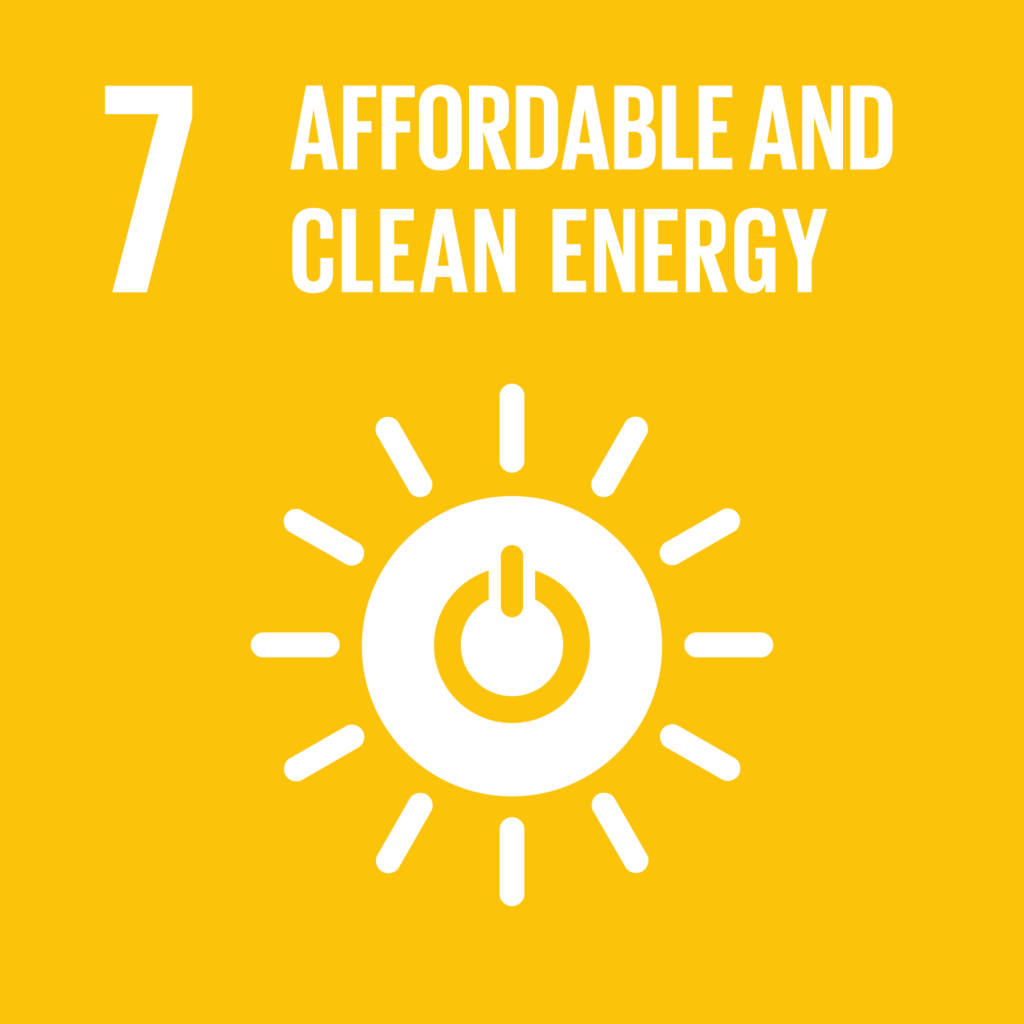
Goal 7 Affordable and clean energy
We develop our transportation products towards an increased use of clean energy, as well as increase the use of clean energy in our offices and premises. The latter is part of our Green Office initiative.
Together with our partner Solvatten we provide clean, heated water powered by clean energy directly in the homes of families where clean water is not always available, empowering especially women.
Goal 8 Decent work and economic growth
Our ambition is to grow as a company, but not at the cost of the environment, society or people. We have a long term perspective to how we run our company, this to enable sustainable economic growth. We have the ambition to be the most attractive employer in the industry and therefore we work actively with our culture and values – as well as with employee development programs.
Together with our partner Universeum we work in a school project called Future Transports, sharing our knowledge about logistics and contributing to the education of young people.
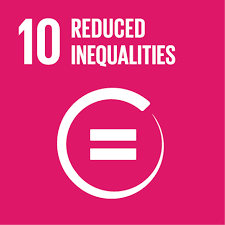
Goal 10 Reduced inequalities
We promote an inclusive work place where people are treated equally. We believe in equality, fairness and the empowerment of everyone irrespective of origin, religion, gender, age, etc. This is part of our culture and values.
Together with our partner MyDreamNow some of our employees are mentors to students in schools where resources and role models are needed, this way contributing to a more equal society and the education of young people.
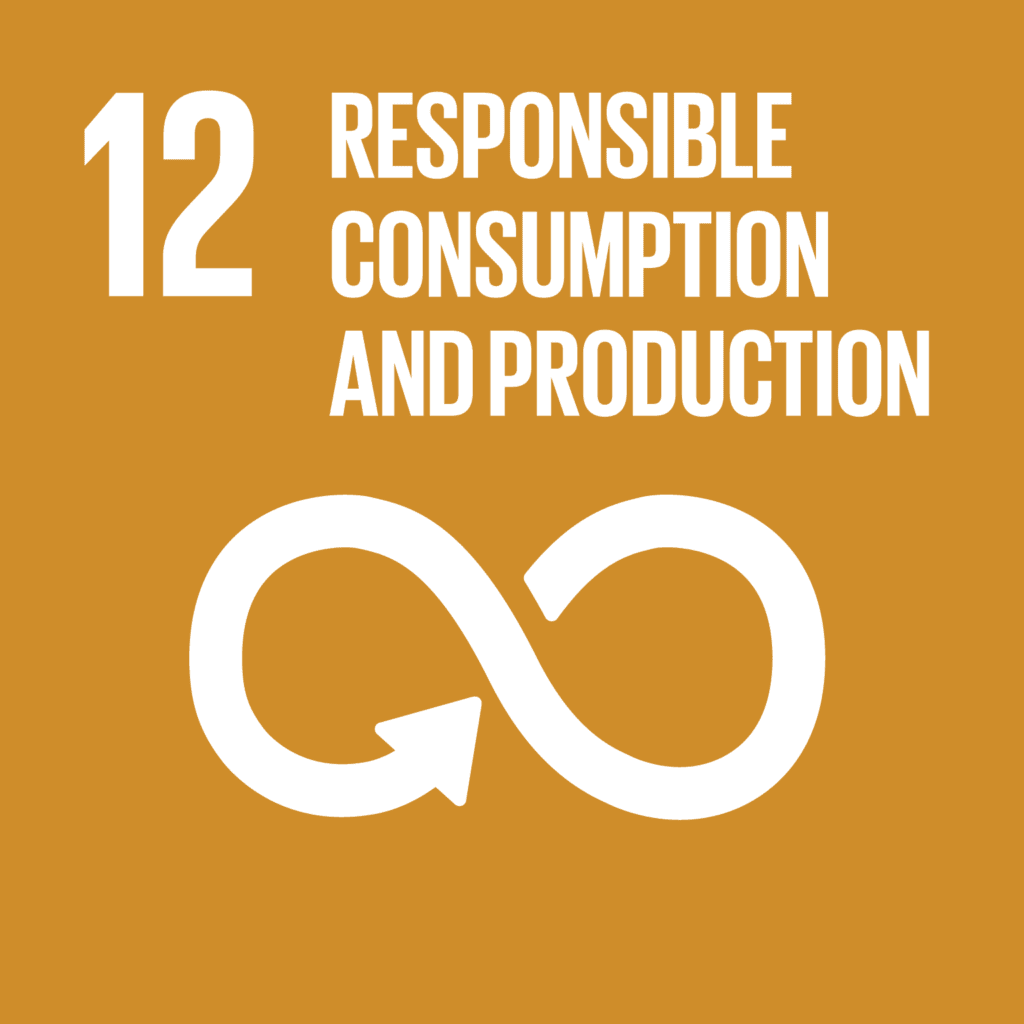
Goal 12 Responsible consumption and production
We strive to develop our products to become environmentally smarter. This is done by planning and advice to our customers, choosing the best available transport mode from an environmental perspective. We develop intermodal solutions, shortsea and train solutions as alternatives to less climate smart options.
We evaluate our suppliers and we report what we do to develop our work with sustainability.

Goal 13 Climate action
We strive to lower our relative emissions on delivered transports by choosing the best available suppliers and plan our transports smarter. We work to promote green initiatives in our offices and premises, as mentioned, with the Green Office initiative. We also promote actions towards cleaner land and oceans by engaging in external networks such as Clean Shipping.
In Norway we have started the port bin project, using equipment that cleans the oceans from plastic and other waste in the five Norwegian ports where we have operations. This initiative is sponsored by our customers via our Green Contribution initiative.
The last generation that can fight climate changes
Ban Ki-moon, former Secretary-General of the United Nations said: “We are the first generation who can extinguish poverty, and the last that can fight climate changes.”
This is a great responsibility, but also possibility to ensure a better world for everyone in the future. Let’s join forces to contribute to sustainable development!
If you want to learn more about our view on sustainability, and what we actually do, please read our Sustainability Report or check out our web site and blog. And of course, you are more than welcome to contact me or one of my colleagues!
/Åsa Leander, Head of Sustainability and Brand Management
